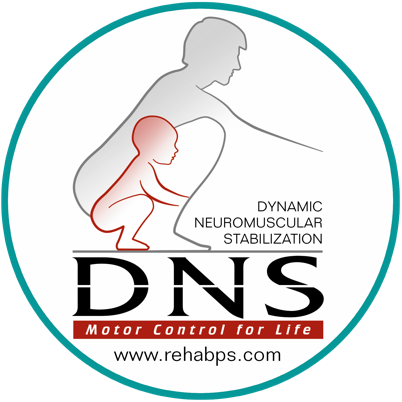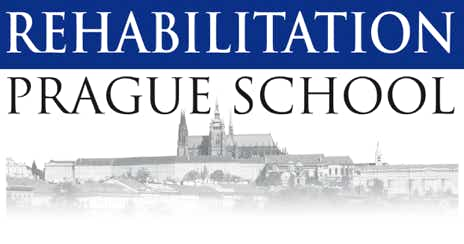Course Objectives

Pediatric course part 1 (24 contact hours)
This is a 4 days course for attendees who works primarily with pediatric clients.
- Demonstrate an understanding of developmental kinesiology in depth with an emphasis on development during the first year of life. Basic sagittal stabilization, postural-locomotion function, stepping forward and supporting extremity function
- Describe the basis for primitive reflexes and postural reactions and their roles in developmental kinesiology
- Red flags in the development during the first year of life
- Assessment of baby’s developmental age. Developmental and chronological age correlation (baby demonstration)
- Describe the relationship between development during the first year of life and pathology of the locomotor system in adulthood
- Assess the integrated stabilizing system of the spine both visually and utilizing dynamic functional DNS tests in children
- Clarify how DNS corrective exercises can integrate with other exercise strategies
- Evaluate and correct poor respiratory patterns
- DNS principles for baby handling in positions that corresponds to developmental positions of the baby age 0-7m. Devices used for carrying babies, yes or no, how and why?
- Child with asymmetry (oblique neck, oblique pelvis, plagiocephaly and their consequences to the development)
- Demonstrations of baby assessment and treatment based on DNS principles
- Toddlers and preschool children exercises according to DNS, easy positions without differentiation
After the DNS Pediatric 1 course participants should be able to assess the spontaneous locomotor function of a child and distinguished between physiological and pathological movement pattern. The emphasis is put on assessment of quality of a movement and assessment of the basic primitive reflexes.
Pediatric course part 2: prerequisite for Pediatric course 2 is Pediatric 1 course
4 days course (24 contact hours)
- Review of developmental kinesiology covered in DNS Pediatric course part 1,review of red flags in development, distinguish physiological and pathological development (cases)
- Development of children between 2-6 years of age
- Demonstration of babies: Be able to recognize ideal and disturbed locomotor patterns and determine developmental age of the babies.
- Baby handling – review of the principles described in pediatric course part I (0-7m). Handling II age older 7m; demonstration focusing on key body segments – head and neck, hip, shoulder. Handling of physiological and abnormally developing babies.
- Postural analysis & testing of integrated spinal stabilization system– review of tests presented in Pediatric course 1
- Exercise toddler and preschool children in higher differentiated positions
- Tests in pediatric clients – how to assess children in different age, modality (MABC, PDMS, TUG, 6MWT etc.)
- Child with DCD (developmental coordination disorder), dyspraxia
- DNS assessment and treatment approach in children with lower extremity problems in all three anatomical planes ( anteverted hip, tip toeing, in toeing, genua valga and vara, flat foot)
- DNS assessment and treatment approach in children with poor posture and scoliosis
- Patient’s & parent’s education
Pediatric course part 3:
4 days course (24 contact hours)
- Cerebral palsy: development, classification CP forms, kinesiology aspects, way of treatment
- Peripheral paresis – Obstetrical brachial plexus paresis, meningomyelocoele; assessment and treatment approach according to DNS
- Premature baby, developmental consequences
- The child with muscle tone disturbance (SMA, CMT, hyopotonic child, myopathy)
- Young school age and sport load, growing problems etc
- Older school age and sport load
- Life patient’s demonstration, cases
- Video analysis
- Hands-on workshops to refine manual skills, work in small groups




